Fly Like a PRO
Professionalism and Flight Discipline in General Aviation
By Everette Rochon
FAA Training and Certification Group Manager
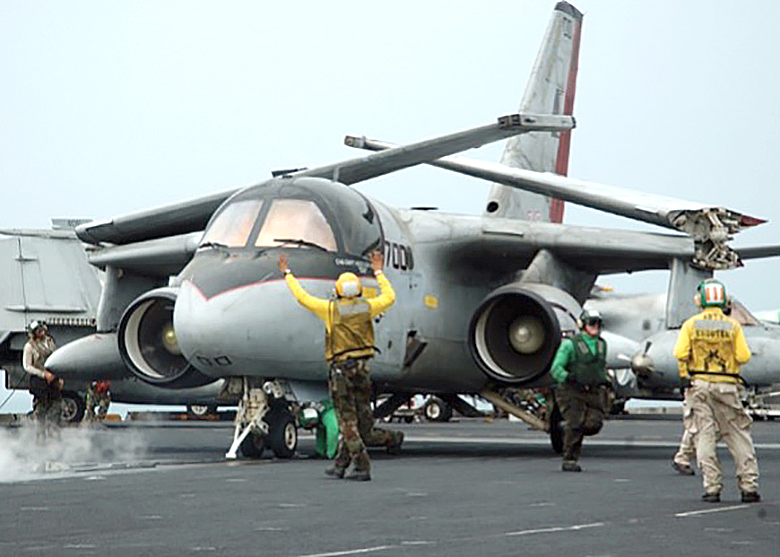
If you’re interested in aviation, it’s a safe bet that you have seen video of the carefully orchestrated operations on board an aircraft carrier flight deck. You’ve seen the pitching deck, the closely-packed jets, and the swarms of crewmembers in shirts whose color denotes the individual’s role in launch and recovery operations: purple for fuel handlers, yellow for plane directors, red for ordnance, and white for safety observers.
I am lucky enough to have seen it in person. As a 20-year Navy veteran and former S-3B Viking Naval Flight Officer (NFO), I spent my share of sea time logging hundreds of “cats and traps” — Navy parlance for takeoffs and landings — on board ship. It’s exciting stuff, but it’s also demanding. Without uttering a word on the radio during “zip lip” VMC flight operations, several aircraft circle in a “stack” above the ship. At various altitudes, the stack is arranged in an orderly fashion by aircraft type. As each aircraft maintains its own safe interval, a “trap” occurs aboard the ship every 60 seconds.
My military flights were missions, with all of the get ‘er done pressure a mission entails. In the GA flying world, my flights are simply flights.
Do you wonder how so many aircraft and so many people can safely operate in such close proximity during radio silence? The answer boils down to one word — professionalism. Professionalism means flight discipline and adherence to regulations, guidance, training, and standard operating procedures (SOP). Safe carrier operations rely on each crew member’s ability to maintain professionalism and discipline.
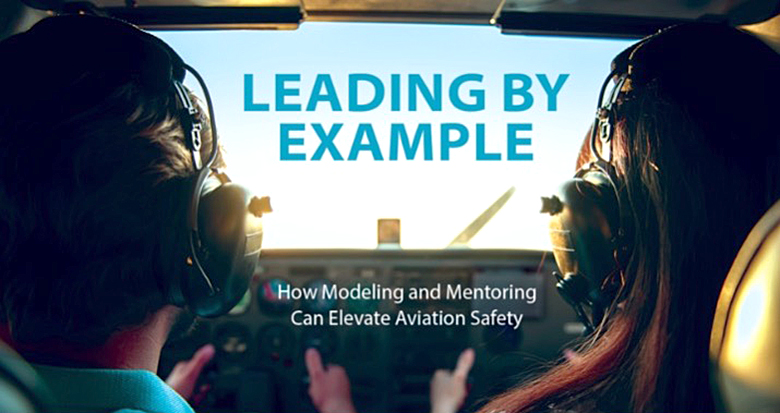
Different World, Same Strategy
Although I no longer fly in support of war-fighting exercises and operations, I have endeavored to keep my professional skills and attitudes as sharp as when I logged cats and traps in the Viking. Whenever my FAA position offers the opportunity to speak or work with GA pilots, I try to convey the idea that the agency — and everyone else in the aviation community — expects professionalism and discipline from every certificate-holding pilot in every kind of aircraft. That includes everyone from the first-day student in a Diamond DA-20 to the grizzled veteran ATP in the left seat of an Airbus A380.
As you may know, the foundation of the FAA’s ongoing strategy to reduce the fatal GA accident rate is risk identification, mitigation, and outreach. An important component of risk mitigation is to embed a professional attitude and take a professional approach to everything we do in aviation.
Here are a few ideas on how to fly like a PRO in your aeronautical activities.
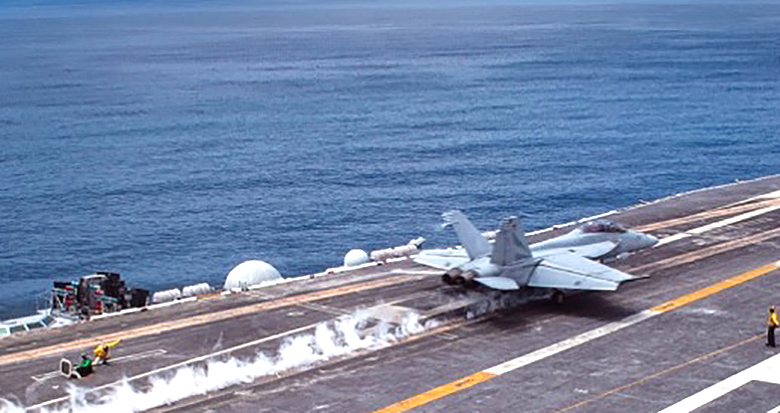
Personal Integrity
A professional is characterized by a high degree of personal integrity. Among other things, that means unflinching honesty about your physical, mental, and emotional fitness for flight. Don’t fly if you can’t pass the venerable I’M SAFE checklist outlined in the Aeronautical Information Manual (AIM 8–1–1). That means ensuring that you are free of Illness, Medication, Stress, Alcohol, Fatigue, or Emotion that could adversely impact the safety of your flight.
Still another element of the personal integrity professionals cherish is the ability to recognize and resist external pressures. For most people, this one does not come naturally — it is a skill acquired, sharpened, and maintained only through constant focus and discipline. That is because so many external pressures manifest themselves in subtle and insidious ways, making it difficult for pilots to perceive them until it is too late.
Here are a couple of tips for minimizing the effect of external pressures. The first comes from the AOPA Air Safety Institute, which advises pilots to avoid the word “mission” in connection with GA flying. When I was in the military, my flights were missions, with all of the get ‘er done pressure a mission entails. Now that I am in the civilian GA flying world, my flights are simply flights. Nothing about a flight justifies exceeding personal minimums.
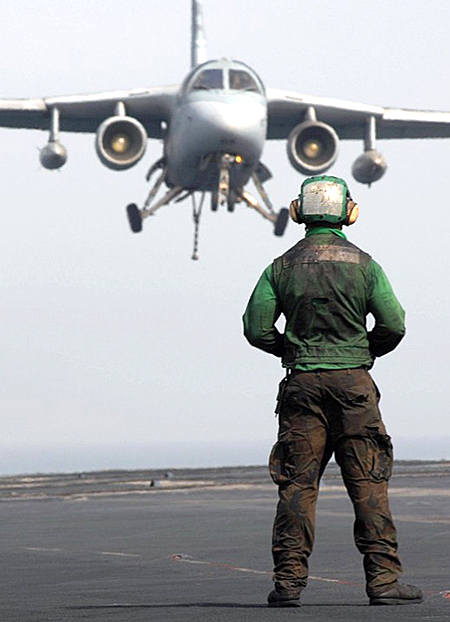
The second tip is to hone your awareness of pressure and, if you detect it in yourself or someone else, STOP. Do not make any additional moves toward flying until you clearly identify and mitigate or eliminate the source of the perceived pressure. Here’s a related concept I have carried with me from my Navy career. When I reported for duty at my first Navy training squadron, I noticed the squadron safety motto in huge letters on the hangar: “If there is doubt, there is no doubt.” At any time I am in doubt about what to do, I remove all doubt by taking the safest course of action.
Ready for Anything
A professional is physically and mentally ready for anything that happens. I would like to see my fellow GA civilian pilots prize readiness as much as we valued it during my Navy flying days.
There are several components to a professional’s readiness. The first is training and currency. A good pilot never stops training, first to attain proficiency and then to maintain both proficiency and currency. Regardless of your total time and certificate level, it is crucial to recognize that flying is a skill — and skills erode when they are not sharpened through regular and focused practice.
The second component of readiness is to develop not just plan A, but also plan B, plan C, and even plan D or beyond. Weather does not always follow the forecasters’ expectations. No matter how well they are maintained, airplanes do not always adhere to their pilots’ or mechanics’ expectations. Play the “what-if” game with yourself before, during, and after every flight. If you’re curious about the “after” advice in the previous sentence, consider that the immediate post-flight period offers one of the best opportunities for learning what you can take from one flight to the next.
The third form of professional-level readiness is the disciplined use of checklists. Aviation abounds with checklists and acronym-based memory aids. Choose and use the ones that work for you — the point is to apply consistent structure and discipline.
On Target
A professional strives to be on target in every aspect of the operation. Whatever the reason for a given flight, aim to stay precisely on altitude, on course, on heading, on airspeed, and on glide path. Practicing for perfection will contribute to professional-level proficiency.
A professional pilot will also be on target in terms of the aircraft’s operating envelope. As you may recall from ground school, the “envelope” defines the maximum or minimum limits for safe operation of the aircraft. It generally includes items such as airspeed, load factor, and weight and balance. Don’t try to be a test pilot, which is precisely the role you assume if you operate the aircraft outside its established design limits.
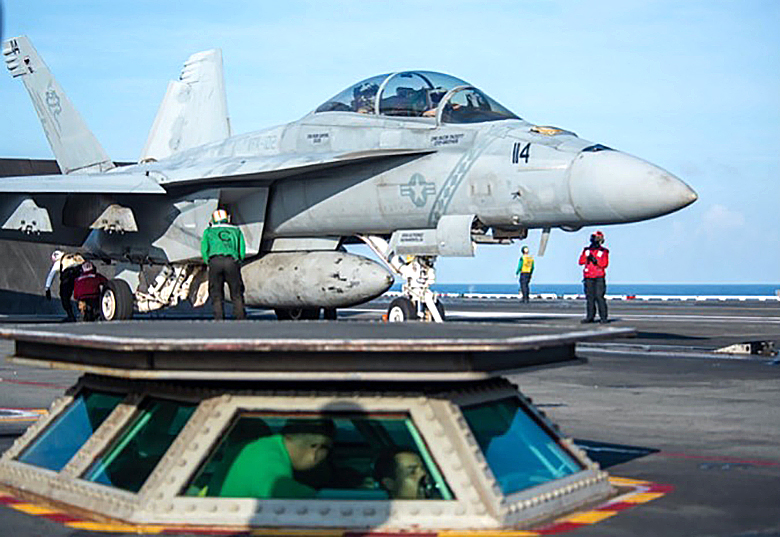
Though it pains this Navy veteran to quote an Army recruiting slogan, I urge you to be all you can be by flying like a
PRO.Reprinted with permission from FAA Safety Briefing. Visit the Flight Safety Briefing website: https://www.faa.gov/news/safety_briefing/



